Market Overview
Counter-Strike 2's digital economy represents one of the largest virtual item markets in gaming history. With over $5 billion in total market value and consistent year-over-year growth, CS2 items have become legitimate investment assets for millions of players worldwide.
Market History
2013-2014: Market Birth
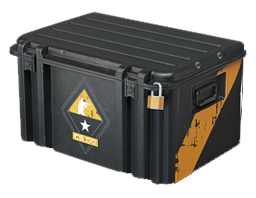
CS:GO's item economy began with the Arms Deal Update in August 2013, introducing weapon skins and the first cases. The Steam Community Market launched simultaneously, creating the foundation for today's massive economy.
2015-2018: Explosive Growth

The introduction of knives, gloves, and rare patterns created high-value segments. Major tournaments began featuring sticker investments, while discontinued cases gained collector status.
2019-2025: Maturation & CS2 Transition

COVID-19 boosted digital asset interest, while CS2's 2023 launch maintained item value continuity. The market now features sophisticated trading platforms, price tracking, and institutional interest.
Investment Categories
Weapon Cases


Containers holding weapon skins. Categories include Active ($0.25-2), Rare Drop ($1-100), Discontinued ($7-90), and Armory (Pass + Stars required).
Tournament Stickers
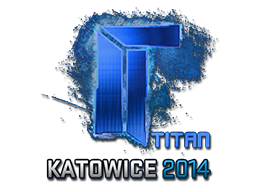

Decorative items applied to weapons. Tournament stickers from Major championships can reach extreme values. Katowice 2014 holos are the most expensive at $50k-80k each.
Weapon Skins
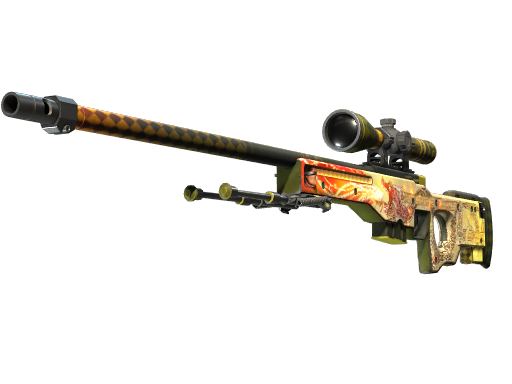

Individual weapon appearances with varying rarity and float values. High-tier items like Dragon Lore and Howl can exceed $10k in Factory New condition.
Knives & Gloves
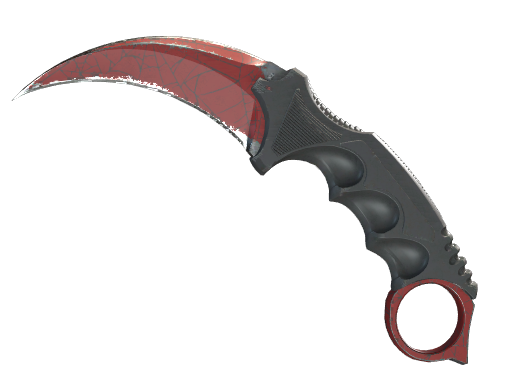
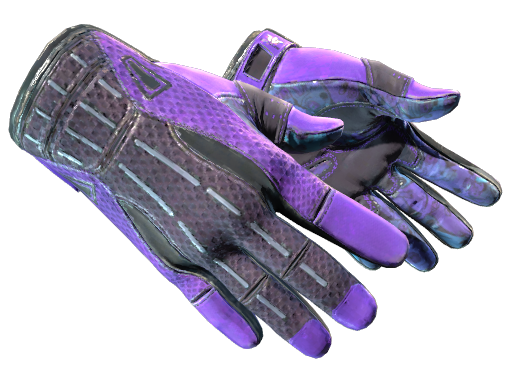
Premium cosmetic items with guaranteed rarity. Knives start around $100 and can reach $200k+ for rare patterns. Gloves were introduced in 2016 and follow similar value patterns.
Tournament Capsules


Containers for tournament stickers and autographs. Available only during Major championships, making them time-limited investments with seasonal appreciation patterns.
Charms
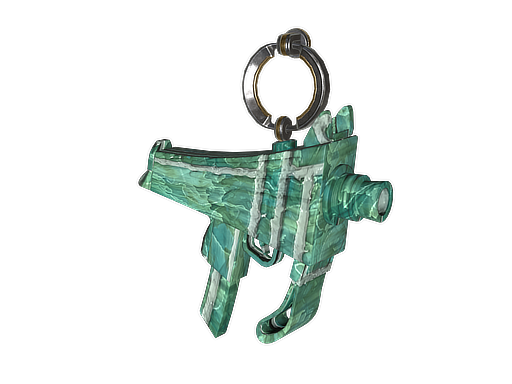
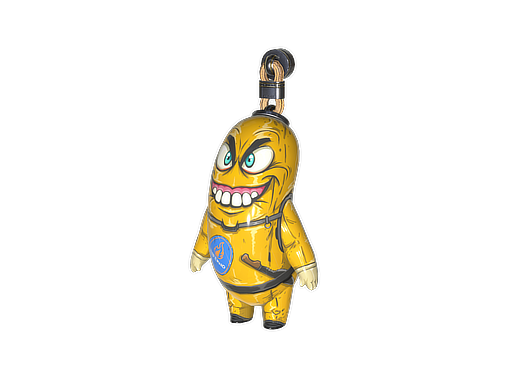
Weapon charms are a newer category introduced with CS2. Generally lower-value investments but offer portfolio diversification opportunities.
Key Economic Principles
Supply & Demand Dynamics
Limited Supply Factors:
- • Case discontinuation (only 6 discontinued cases exist)
- • Tournament time limits (Major capsules available 2-3 weeks)
- • Low case opening rates (~1% rare items)
- • Item consumption through trade-ups
Demand Drivers:
- • Growing player base (1.8M monthly active)
- • Esports viewership and tournament hype
- • Collector and investor interest
- • Social status and in-game prestige
Market Cycles & Seasonality
Major Tournament Cycles
Prices typically dip during active tournament periods due to fresh supply, then recover 3-6 months post-tournament as items become scarcer.
Summer/Holiday Patterns
Steam Summer Sales and major game updates often trigger short-term volatility, while end-of-year periods show increased trading activity.
Risk Factors
Market Risks:
- • High volatility (20-50% swings)
- • Liquidity constraints for high-value items
- • Platform dependency (Steam ecosystem)
- • No regulatory protection
Game-Specific Risks:
- • Game updates affecting item desirability
- • New item releases diluting demand
- • Potential game discontinuation
- • Valve policy changes
Ready to Start Investing?
Now that you understand CS2 market fundamentals, explore our specialized investment guides for detailed strategies in each category.
⚠️ Investment Disclaimer
This guide is for educational purposes only and does not constitute financial advice. CS2 markets are highly volatile and speculative. Items can lose value rapidly due to game updates, market conditions, or regulatory changes. Only invest what you can afford to lose completely. Past performance does not guarantee future results.